Tactic Links - Organic Traffic Booster - Home
|
Path: Home > List > Load (qemu.org) |
Home | About | List | Rankings | Search | Submit |
| domain | qemu.org |
| summary | This document provides a description of an all-purpose software tool that can emulate (i.e., mimic the behavior or function) different computer architectures. The system allows users to run various types of operational environments like full-fledged computers within their own machines using virtualized processes and interfaces. This type of emulator offers compatibility with any supported architecture, making it possible for diverse systems such as those running Windows XP through a Mac OS X interface. The most significant point highlighted in the document is that this software not only allows you to run an operating system but also provides full-system emulation on virtually anything – essentially turning your existing machine into multiple computers of different makes and models. For example, one can have both Linux and WinXP running concurrently within a single physical device without compatibility issues. The author seems particularly interested in utilizing this technology for the purpose of software development where there is often an need to test applications or features that require certain operating systems (OS) not available on one's primary computer but needed solely as part of their professional work. Additionally, it enables them to run multiple OS concurrently which can be used both within a personal project and in general use. The process involves setting up the virtual machine with its own unique settings such as RAM allocation according to need or desire for performance optimization (e.g., 2GB). The author shares an example of using this setup where they have created two machines, one that is running Windows XP under Linux while another runs WinXP directly on a separate physical hard drive. The OS and applications within each machine can be completely different with specific needs in terms of resources like memory or graphics cards allocated to them. In conclusion, the document provides detailed guidance for setting up this advanced emulation software – outlining step by step process starting from booting through installation issues all way down to running your first application. The author also notes that although there might be some challenges initially (e.g., need to set it as administrator), they are few and easily surmountable once the initial setup is complete. A key consideration in using this software would however, involve understanding its cost implications – particularly if you do not own a physical machine already. This may potentially lead one into purchasing different OS licenses for each virtualized system which might be an added expense but could ultimately save money since it allows running multiple systems on just the current device without needing to buy new ones in addition. In summary, this software provides great flexibility and adaptability by enabling full-system emulation of any machine. It is especially useful when one needs different OS for professional purposes or wants a system that they can run simultaneously while also maintaining their own primary operating environment clean from potential cross-compatibility issues with each separate computer virtualized on it. This could save not only time but even financial resources if properly understood and applied by the user in creating an effective emulation setup within one device. |
| title | QEMU |
| description | QEMU |
| keywords | signature, changes, blog, source, machine, full, emulation, architecture, releases, home, donations, support, docs, generic, open, emulator, features |
| upstreams | |
| downstreams | qemu-advent-calendar.org, virt-tools.org, linux-kvm.org, libguestfs.org, libvirt.org, xenproject.org |
| nslookup | A 140.211.15.4 |
| created | 2025-06-02 |
| updated | 2025-06-05 |
| summarized | 2025-06-05 |
|
HIGHSPOTS | |
 tacticlinks.com | |
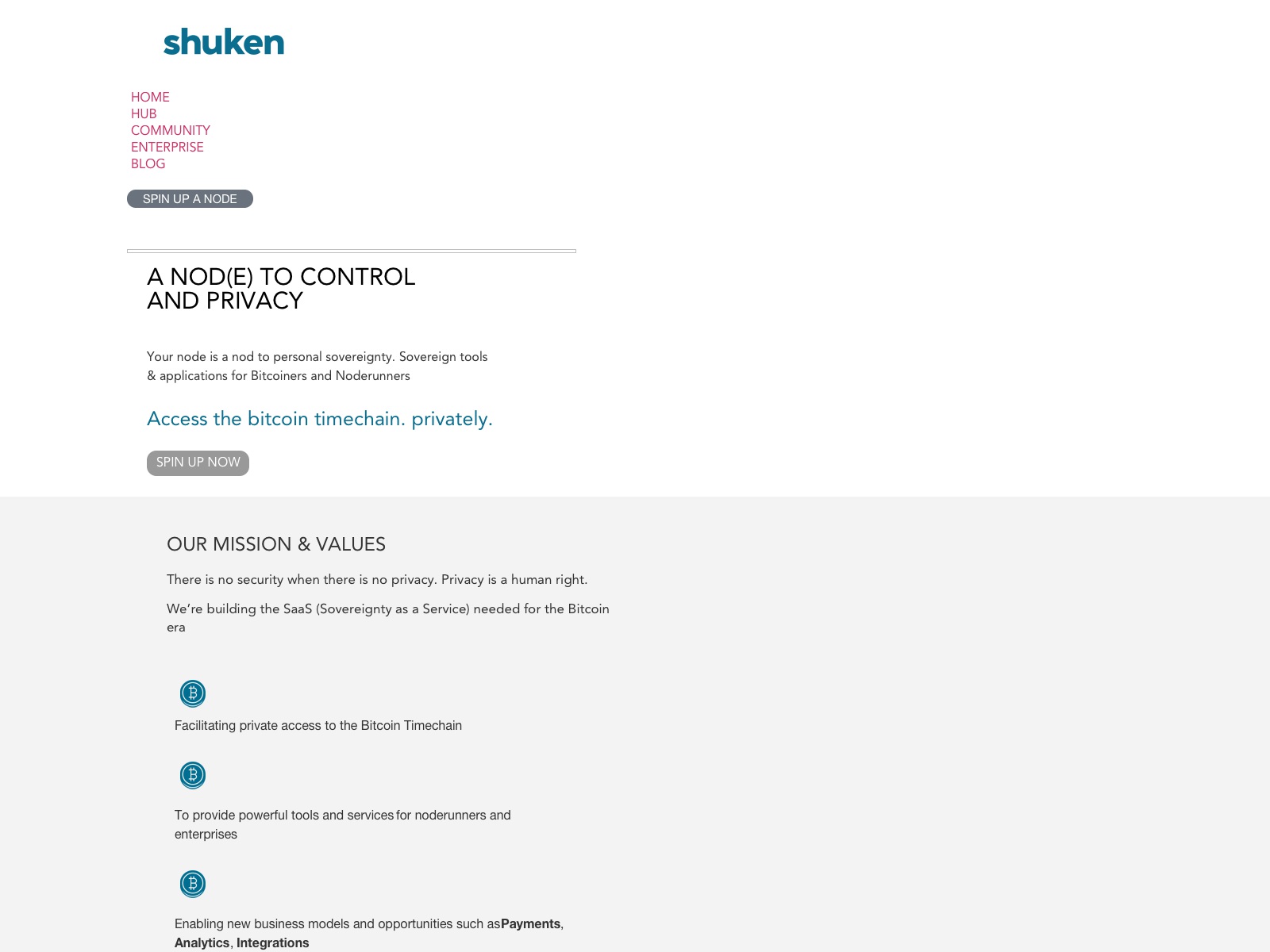 shuken.io | |
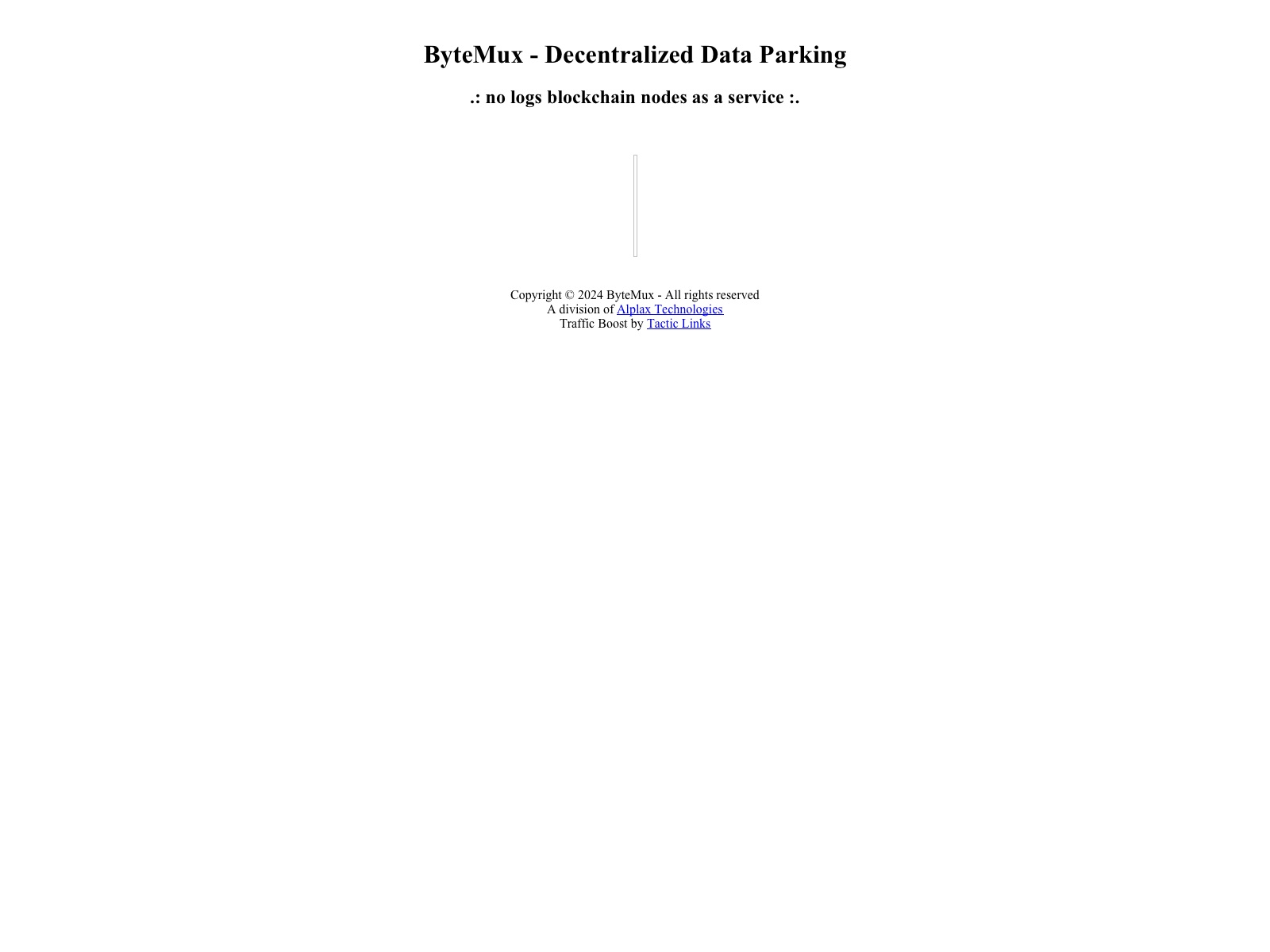 bytemux.io | |
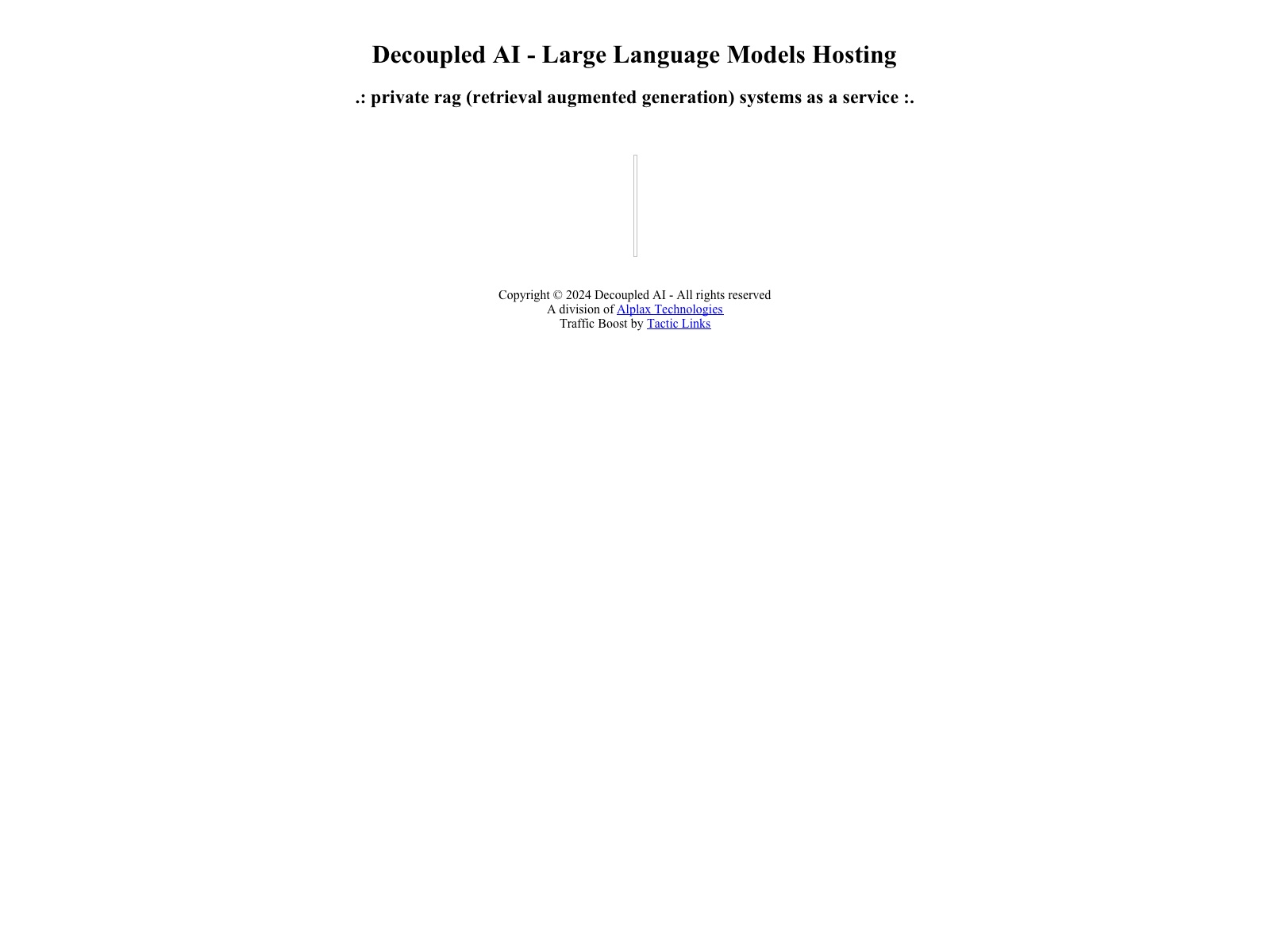 decoupled.ai | |
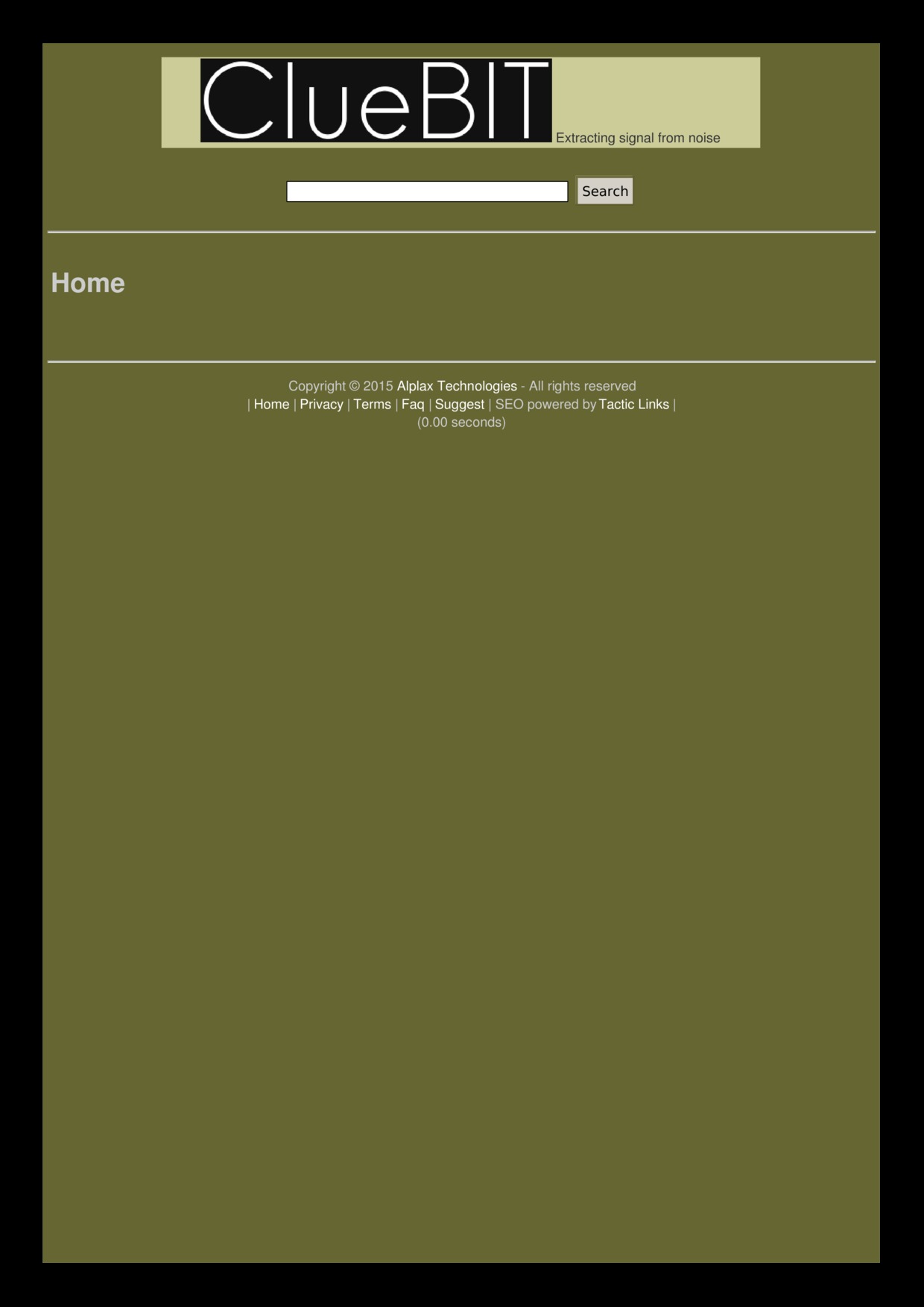 cluebit.com | |
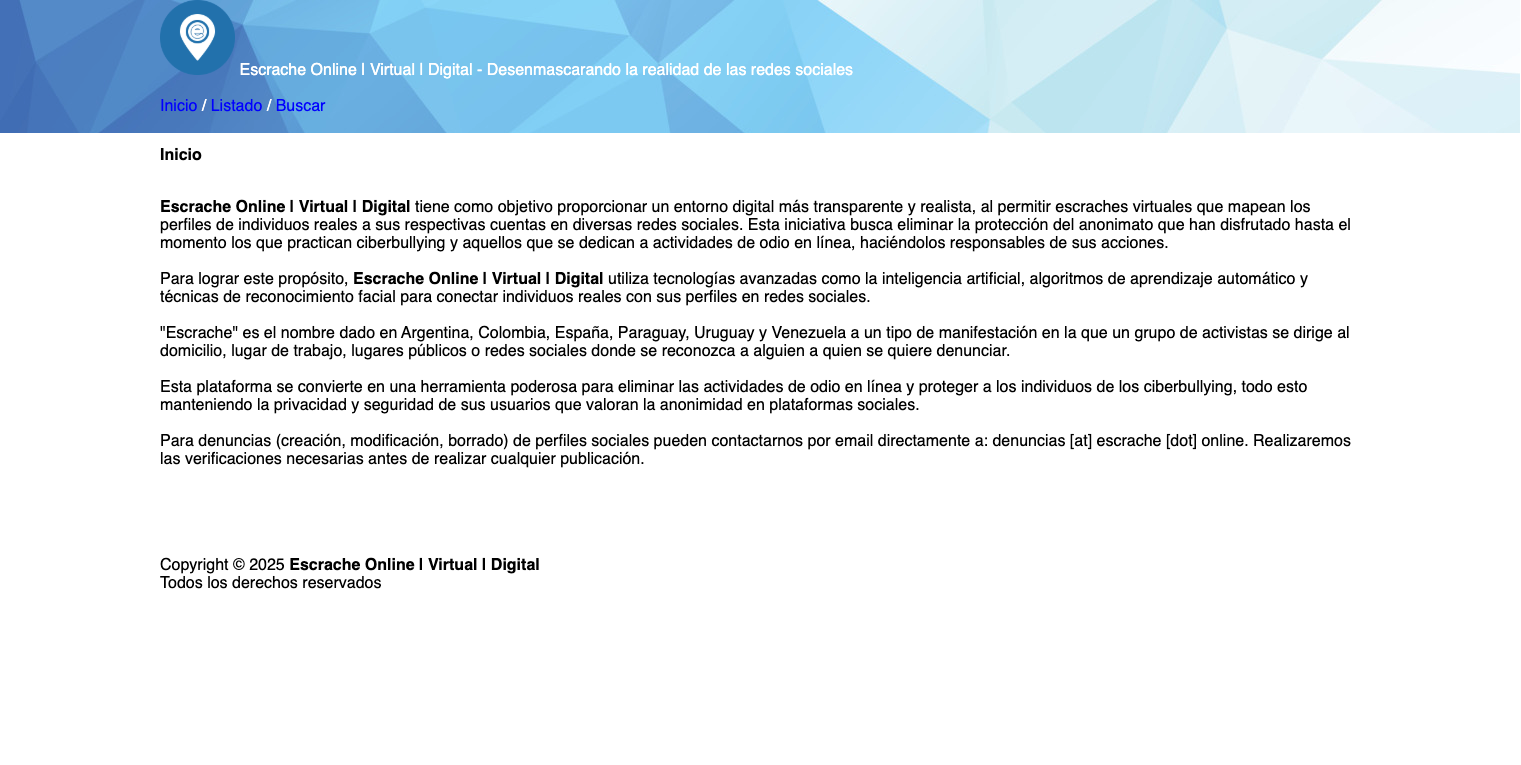 escrache.org | |
 greenpeace.org |
Traffic Boost by Tactic Links
[took: 701 ms]